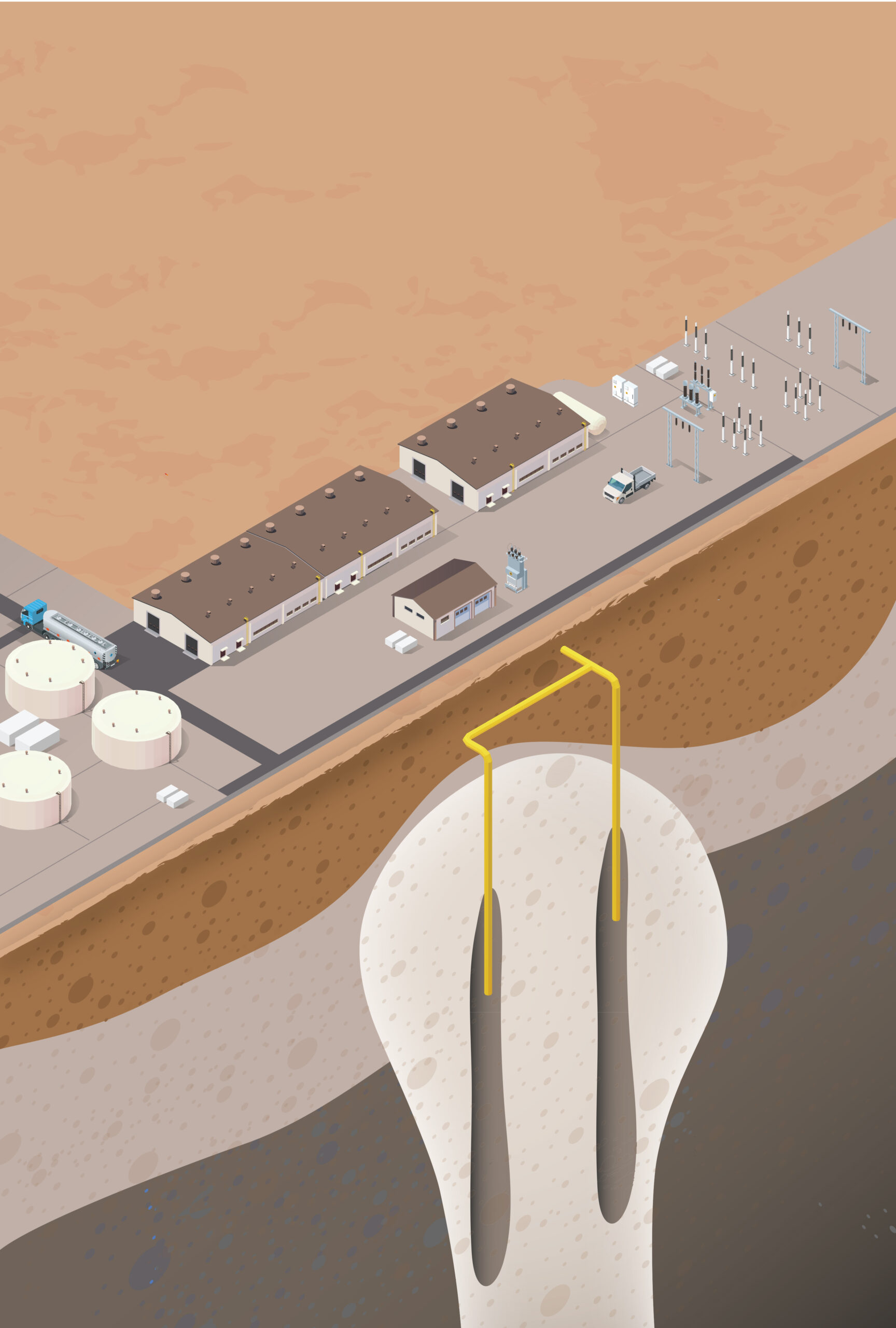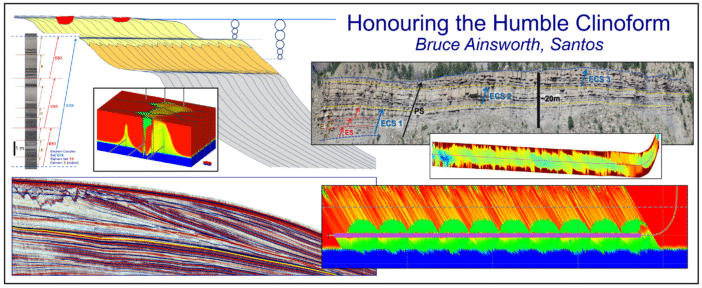
- This event has passed.
PESA SA/NT Branch September Luncheon- 26 September
Thursday, 26 September, 2024 @ 12:00 pm - 2:30 pm (Australia/Adelaide time)
Free – $75.00

Salt Cavern storage potential of the Polda Basin, South Australia
Glenn Toogood, entX, and Tim Rady, Geomorph Energy
The Polda Basin is a Neoproterozoic to Jurassic sedimentary basin, extending from the Great Australian Bight to the central Eyre Peninsula, South Australia. It has previously been explored for petroleum, uranium, coal, groundwater, base metals, potash and diamonds. There has been renewed interest in the Polda Basin for its underground gas storage potential in salt caverns, given that Mercury-1 encountered >1200m of massive halite within Neoproterozoic red beds in the central offshore basin.
entX Limited were granted Gas Storage Exploration Licences (GSEL) 781 and 784 and have been actively studying the basin to assess the likelihood of the proven offshore salt extending onshore, where it may be engineered into caverns for underground gas storage (UGS) sites. UGS can provide gigawatt-scale storage of H2 gas and significantly reduce the levelized cost of storage. Such an asset would provide key advantages to H2 project concepts, including DRI green steel from magnetite, green ammonia and biofuels.
To assess the prospectivity for salt onshore and correlate the stratigraphy across the basin, entX have taken a multi-disciplinary approach, reviewing all available data and literature and integrating seismic reprocessing, ICP-MS/OES and XRF analysis, visual core and cuttings interpretation, core density measurements, spectral scanning and gravity forward modelling. Following this work, the onshore Polda Basin has emerged as highly prospective for both salt and natural hydrogen. This talk will summarise the technical work undertaken, new insights about the stratigraphy and plans for future data acquisition.
Event Details:
Thursday, 26 September 2024
Luncheon: 12 pm for a 12:30 pm start
Place: Ayer’s House, 288 North Tce, Adelaide
Includes a 2-course lunch and drinks
Bookings close 1 pm Monday, 23rd September 2024
Any late bookings will incur an additional $20 fee. Strictly no walk-ins.



